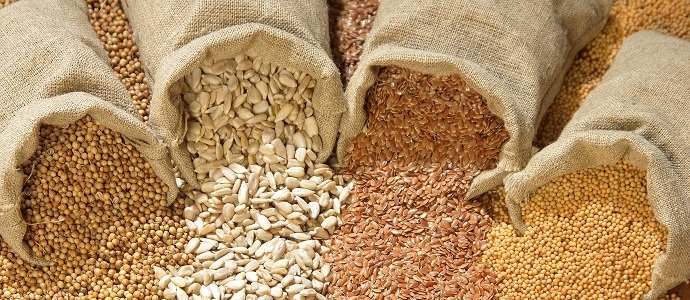Seed Dispersal: Sustaining Productivity and Biodiversity
What will happen if seeds did not move across the globe?
Introduction to Seed Movement
The perpetuation of plant life hinges on a fascinating and often overlooked process: seed dispersal. It’s a natural mechanism that ensures the survival and spread of plant species. This process is not just a matter of falling seeds onto the soil beneath the parent plant; it’s a complex journey that involves various agents and strategies. Seeds must venture far from their origin to find suitable environments to germinate and grow, avoiding overcrowding and resource competition. This journey is crucial for the diversity of ecosystems, the resilience of species, and the very foundation of our food and agriculture systems.
The Vital Role of Seed Dispersal in Food and Agriculture
Seed dispersal is not merely a botanical curiosity; it is a cornerstone of global food security and agricultural diversity. The spread of seeds leads to the propagation of plant species, which form the basis of the majority of our food supply. Diverse and healthy ecosystems resulting from effective seed dispersal contribute to soil fertility, pest control, and the pollination of crops. Without this natural process, many plants would struggle to survive, let alone provide the sustenance needed for the world’s population.
Natural Mechanisms of Seed Dispersal
Nature has devised several ingenious methods for seed dispersal to ensure that offspring are not forced to compete with their parents for sunlight, water, and nutrients. These include:
- Wind: Some plants, like dandelions and maples, produce seeds with lightweight structures that can be carried away by the breeze.
- Water: Seeds from plants like coconuts are buoyant and can travel across oceans to colonize new lands.
- Animals: Many seeds hitch a ride inside the fruits eaten by animals. Once excreted, these seeds find new homes in fertile ground.
- Explosive Action: Certain plants have pods that burst, flinging seeds with force into the surrounding area.
- Fire: Some species, like the lodgepole pine, release seeds in response to the heat of wildfires.
The Importance of Biodiversity in Seed Dispersal
The diversity of seed dispersers is as crucial as the methods themselves. From the tiny ants and other insects to the large animals like elephants, each disperser plays a role in the ecosystem’s health and resilience. Large animals tend to disperse large seeds, which often grow into large trees that form the forest canopy. Birds scatter seeds over wide areas, while insects ensure the fine-scale distribution of many plants. This biodiversity ensures that ecosystems are robust and can adapt to changes, which is vital for the ecosystem survival and spread.
Challenges in Seed Dispersal
Despite its importance, seed dispersal faces significant challenges today. Habitat fragmentation due to human activities like agriculture, urban development, and road construction has created barriers that disrupt the natural movement of seeds. Hunting, poaching, and habitat destruction leads to the loss of crucial animal dispersers. This loss hampers plant propagation, threatening ecosystem integrity and biodiversity.
Technological Contributions to Seed Dispersal in the Modern Era
In the face of these challenges, technology and innovative conservation strategies offer hope. Satellite imagery and global seed dispersal models allow scientists to monitor and understand patterns of seed movement on a planetary scale. Drones are being used to reseed deforested areas, and genetic studies are helping to identify plant species that are most resilient to changing conditions. Conservation efforts are increasingly focused on restoring populations of critical seed dispersers and creating wildlife corridors to connect fragmented habitats.
Moreover, by integrating traditional knowledge with modern science, we can enhance seed dispersal mechanisms to support reforestation and combat climate change. Exploring plant-seed disperser interplay reveals methods to enhance spontaneous ecosystem revival, ensuring biodiversity, resilience, and sustainability for coming generations.
Conclusion
The quiet dispersal of seeds, unseen yet vital, underscores Earth’s intricate web of life. This millennia-honed process enables forests to thrive and underpins our food systems and regional weather changes. While facing habitat destruction, climate shifts, and species loss, the need to grasp and aid these natural mechanisms is crucial. Preserving seed spread networks protects diverse life forms and our own survival.


